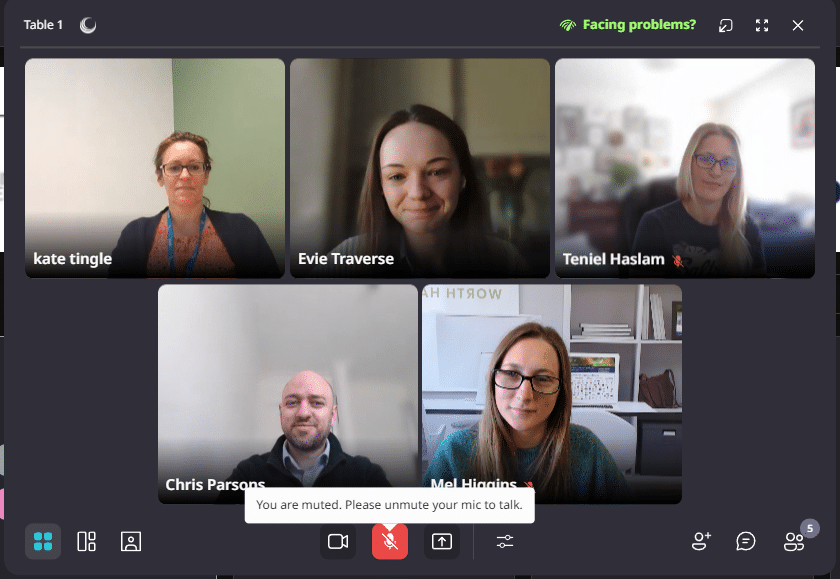As we move into the next phase of the country’s recovery from the COVID pandemic, our Chairman and Founder, Richard East, gives his opinion on the future of the UK Labour Market for the rest of this year.
We entered the start of the year with high hopes – the ending of most COVID restrictions saw businesses re-open and things slowly returning to normal. However, nothing that has happened in the last few months could be described as normal. The war in Ukraine and the surging price of energy impact every business, big or small. Plus, the cost-of-living crisis is all happening whilst there is political change at the top. Despite all this, the UK labour market has remained strong, with the number of job vacancies seeing record highs.
The Office for National Statistics has recently published its latest Labour Force Survey, usually a key indicator of UK Labour Market trends. This shows data for March to May 2022, with job vacancies near record highs and companies raising pay to help attract staff – a great time to be looking for work! But, what does this mean for companies trying to recruit? Several factors are impacting their ability to attract, hire and retain the people they need to run their businesses.
Brexit aftermath and government policy
Many firms are still struggling with a labour and skills shortage, which will likely constrain economic growth over the longer term. The impact of Brexit and new regulations for EU workers has meant decreased access to talent and skills. This can perhaps be overcome with the ability to remote hire and hire staff based outside the UK. But this won’t fix the problems we have seen in areas such as transport, hospitality and food production – the lack of HGV drivers causing chaos at the petrol pumps; the lack of pickers and butchers causing food supplies to be wasted; and most recently the massive disruption across the aviation industry. The Recruitment & Employment Confederation’s recent report into labour shortages sees this as “issues that many of us saw coming” for years. All-in-all, labour shortages have become front-page news.
Encouraging people to take up apprenticeships and supporting businesses in creating and developing such schemes where these skill gaps exist will take investment. Policymakers will need to consider how the skills and immigration systems support the long-term future of the labour market. As well as investing in the supporting structures – affordable and environmentally friendly local transport links, childcare and parental or carer support networks.
Hybrid and flexible working
The pandemic caused many to realise that they could do their jobs efficiently and effectively without being in their workplace every day. Candidates will obviously be looking for potential employers to continue to offer the flexibility and hybrid working that they have become accustomed to. If businesses begin to change their policies on hybrid working, there are likely consequences. Employees can attribute not just a work-life balance benefit but also a financial benefit to the reduced costs of commuting, eating out and childcare. This could easily see people choosing this flexibility over the simple take-home salary.
Hybrid working can come with its negatives. Maintaining the right company culture and making people remotely feel part of a team can come with its difficulties. More organisations will need to consider offering things like four-day working weeks, providing enhanced parental leave or allowing people to take bank holidays at other times in the year and ensuring consistent policies for both new and existing staff to ensure that they have a slight advantage over the competition.
Reward and Benefits
Salary, of course, is still the main incentive for candidates looking to move. During the pandemic, there was a huge amount of talk about “the great resignation” as people were returning to work after having the opportunity to think more carefully about what they wanted from not just their job but life in general. Companies will have to continue to assess and benchmark their current pay and reward structures. With the current cost of living crisis for some, every penny will count, and we are seeing more companies offering signing-on bonuses to attract talent from the competition.
Companies will need to ensure that they remain competitive and are seen to be helping current employees without putting a company’s long-term future at risk. The balance of job security and an excellent salary are also factors in the decision a new employee will assess when looking to move for more money. But a word of warning; when you create these enhanced, holistic packages, it’s tough to row back. Businesses must ensure that new offerings presented to solve short-term challenges are sustainable in the long term. We can help you by asking these questions and building workforce planning solutions that are right for the business.
The Outlook
In conclusion, businesses and the government must focus on better long-term workforce planning. The current climate of increasing salaries and candidates’ demands for flexible working, reduced hours, and other benefits may not be sustainable.
Businesses will have to think differently about how they hire, train, and offer real job security and career development. They must stay updated with the hiring challenges they are likely to face and plan accordingly. And for employees they’ll need to think carefully about what they truly want from a role, which may not just include salary.
As recruitment industry experts, we are here to help guide and support businesses and candidates alike in this turbulent and ever-changing labour landscape. So, if you think we can help you stay up to date and attract the best talent, please get in touch.




